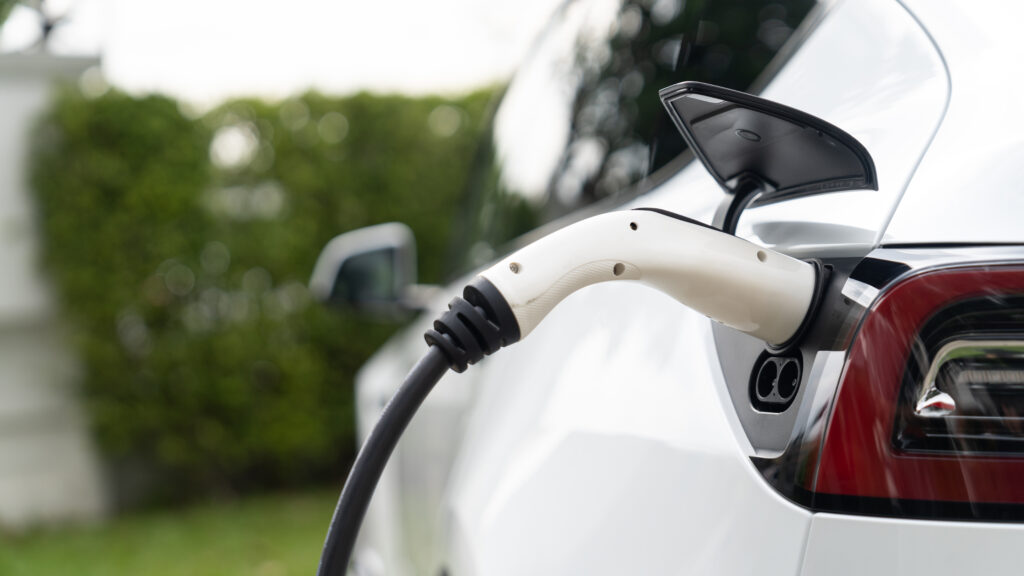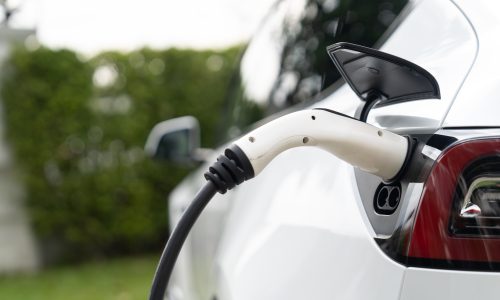According to the Electromobility Counter, by the end of April 2024, there were already 111,775 electric passenger vehicles on Polish roads. In the first four months of this year, the number of BEVs increased by 7782, or 8% more than in the same period of 2023.
The fleet of fully electric passenger cars (BEVs, or battery electric vehicles) totaled 57,958, and the fleet of plug-in hybrid electric vehicles (PHEVs, or plug-in hybrid electric vehicles) totaled 53,817. The number of electric vans and trucks was 6568 units. By the end of last month, Poland’s zero-emission bus fleet had grown to 1,314 units. (of which 1260 were all-electric and 54 were hydrogen-powered).
So much for the official statistics. But it’s also worth looking at it from our Silesian perspective. It was here, 209 years ago, in 1815 to be exact, that the first steam car designed and built by Jozef Bozek of Bier in Cieszyn Silesia hit the road. Since that day, Silesian industry has been – and will continue to be – inextricably linked with the automobile. Nor should we forget the millions of workers employed in the various automotive supply chains, in fact in every corner of our region.
The electrification of transportation is only one possible path for automotive development. It is by no means the only one, and it certainly should not mean the end of the use of modern engines for traditional fuels and their gradual evolution towards climate-neutral fuels: synthetic fuels made from hydrogen and carbon dioxide, biofuels made from biomass, and eventually liquid hydrogen. Why is this important? For the simple reason that each of these engines has more parts than an electric motor.
Two years ago, the German magazine Handelsblatt summed it up by writing that a combustion engine consists of at least 1,200 parts. An electric engine has around 200. The faster the transformation in transportation, the fewer pistons, gears or cylinder head gaskets will be needed, and the more jobs will become redundant.[1].
Meanwhile, in the big picture, our companies produce most of the 1,200 components that make up a traditional internal combustion engine and relatively few of the 200 needed to assemble an electric motor. And yet agriculture, the military, and much construction equipment will continue to run on diesel. And that is where government support is needed.
Finally, until the planned completion of the modernization of the Polish transmission networks in 2036, the consideration of full electrification of transport is purely hypothetical. The value of investments already made and planned by the Polish Power Grid (PSE) is expected to reach PLN 61.8 billion by the end of 2036.
Ponad 100 tys. samochodów z napędem elektrycznym na polskich drogach – e-magazyny.pl, dostęp: 5.06.2024.
[1] Silnik elektryczny to 200 części. Spalinowy – 1200! – Interia Motoryzacja, dostęp: 5.06.2024.





